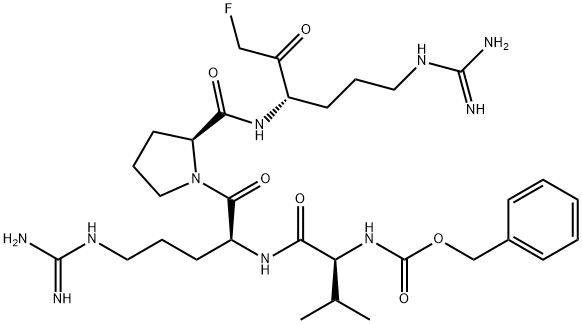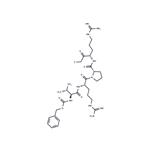Uses
Activin A human has been used to study rRNA gene transcription during directed differentiation of human embryonic stem cells.
General Description
Activins (also referred to as inhibins) are generally dimers of three subunits: inhibin βA, inhibin βB, and inhibin α. Recombinant human Activin A (inhibin βA) is a 26kDa disulfide-linked homodimer of two bA chains, each containing 116 amino acid residues. The sequence of mature Activin A is completely homologous between human, mouse, and rat species.
Biochem/physiol Actions
Activin A (inhibin βA) is a TGF (transforming growth factor)-β family member that exhibits a wide range of biological activities including regulation of cellular proliferation and differentiation, and promotion of neuronal survival. Elevated levels of Activin A in human colorectal tumors and in postmenopausal women have been implicated in colorectal and breast cancers, respectively. Activin A plays a central role in reproduction by regulating the levels of follicle stimulating hormone (FSH). It is involved in hematopoiesis, embryogenesis and osteogenesis. It exhibits both tumor suppressing and promoting effects. In underweight and overweight humans, high levels of Activin A in serum might be associated with the pathogenesis of asthma. The biological activities of Activin A can be neutralized by inhibins and by the diffusible TGF-β antagonist, follistatin.

